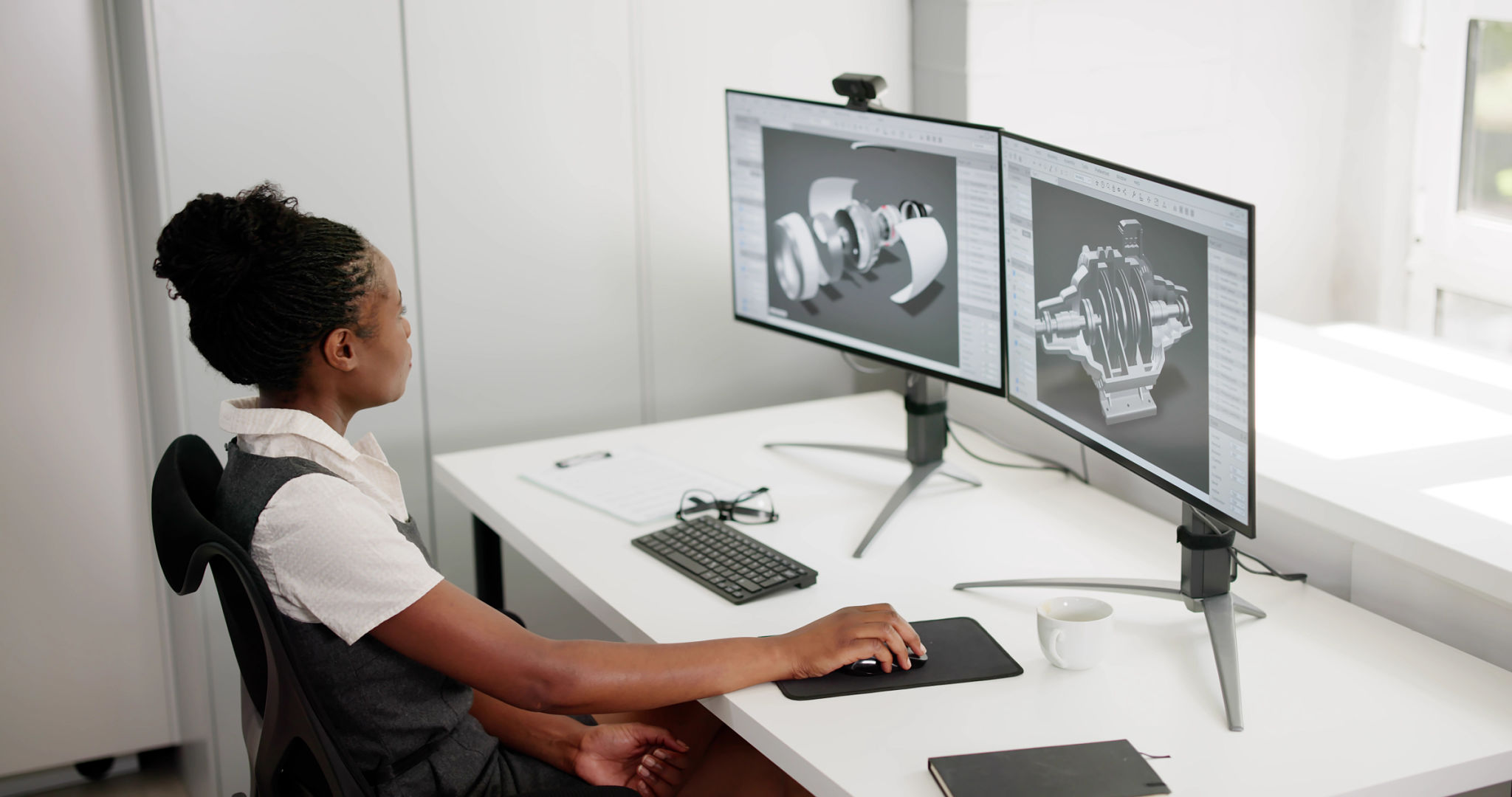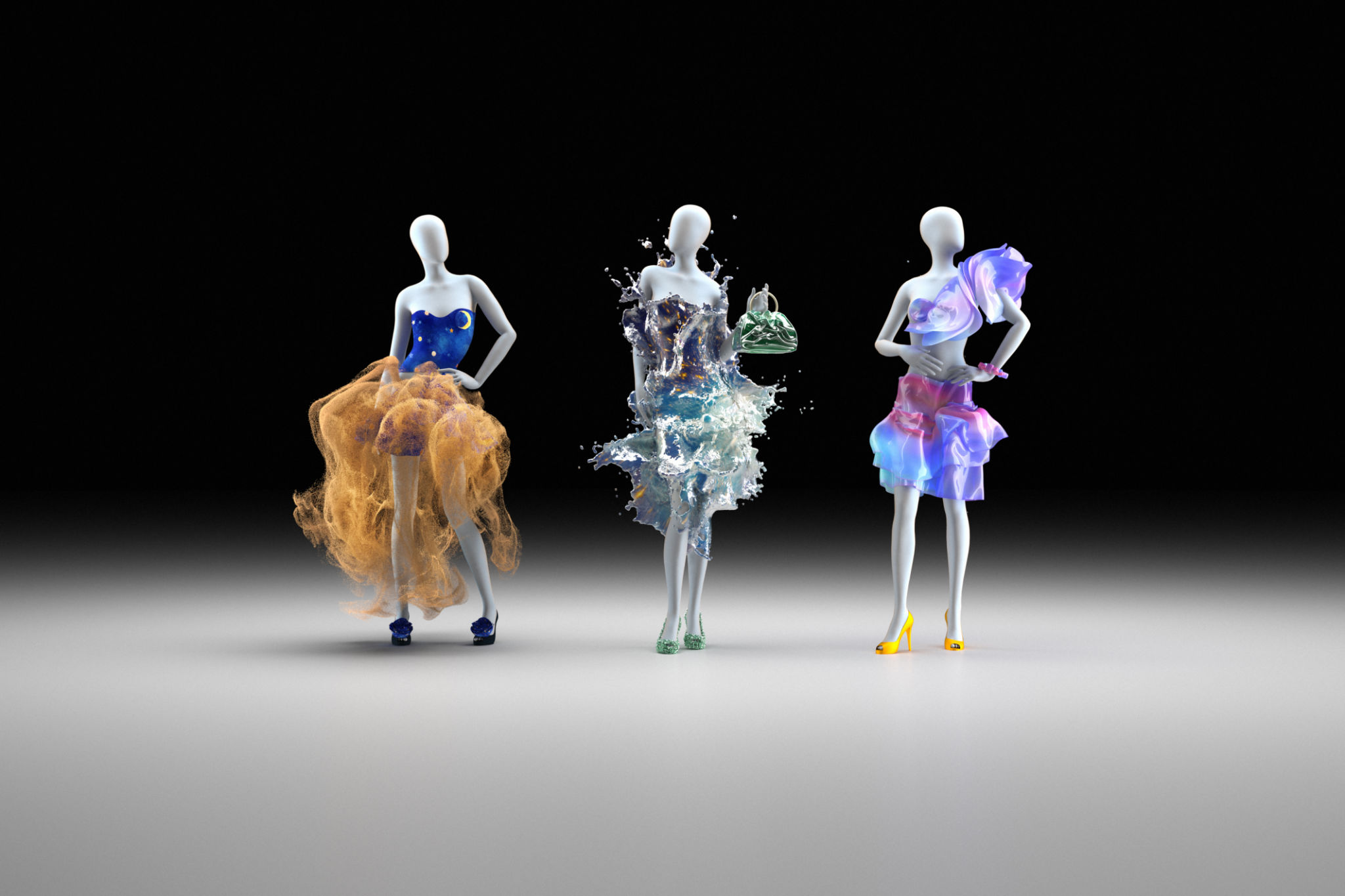Ergonomic Product Development: Solving Common Design Challenges
Understanding Ergonomics in Product Development
In today's fast-paced world, the importance of ergonomic design in product development cannot be overstated. Ergonomics is not just about comfort; it is about creating products that enhance user efficiency and reduce the risk of injury. As more businesses recognize its significance, the demand for ergonomic products has surged. However, developing ergonomic products comes with its own set of challenges that designers must overcome to create truly user-friendly items.
One of the primary goals of ergonomic design is to ensure that products are intuitive and easy to use. This involves understanding the user's needs and behaviors, which can vary significantly across different demographics. Designers must consider factors like age, physical abilities, and cultural differences to create solutions that are broadly applicable. Thorough user research is essential in this phase to gather insights that will inform the design process.

Addressing Human Variability
One of the biggest challenges in ergonomic product development is addressing human variability. People come in all shapes and sizes, and a one-size-fits-all approach rarely works. Designers must account for a wide range of physical dimensions and capabilities when creating products. This often involves developing adjustable features or offering multiple sizes to accommodate different users effectively.
For instance, designing an ergonomic office chair requires careful consideration of factors such as seat height, armrest placement, and back support. Each of these elements must be adjustable to provide optimal comfort for a variety of body types. The goal is to create a product that offers personalized comfort without compromising on functionality or aesthetics.
Balancing Functionality and Aesthetics
Another common challenge in ergonomic design is striking the right balance between functionality and aesthetics. While functionality is crucial for ensuring comfort and ease of use, aesthetics play a significant role in marketability. Consumers are drawn to products that not only perform well but also look appealing. Designers must find ways to integrate ergonomic features without sacrificing the visual appeal of the product.

Innovation in materials and technology can help overcome this challenge. Advances in materials science, for instance, allow designers to create lightweight yet durable products that maintain a sleek appearance. Similarly, technology can be leveraged to incorporate smart features that enhance usability while maintaining a clean design.
Integrating Technology in Ergonomic Design
The integration of technology into ergonomic products presents both opportunities and challenges. On one hand, technology can enhance functionality by offering features like adjustable settings or real-time feedback on product use. On the other hand, it can complicate the design process by introducing new variables that must be considered.
For example, wearable technology must balance form and function carefully. A smartwatch designed for fitness tracking needs to be comfortable enough for all-day wear while also housing sophisticated sensors and displays. Designers must ensure that technology integration does not compromise the product's ergonomic benefits.

The Importance of Testing and Feedback
No matter how well-researched a design may be, real-world testing is crucial to its success. Prototyping and user testing allow designers to identify potential issues and refine their products before they hit the market. Feedback from actual users provides invaluable insights that can lead to significant improvements in design.
Iterative testing is often necessary to ensure that ergonomic products meet user needs effectively. By involving users in the testing process, designers can make informed decisions that result in more intuitive and comfortable products. This collaborative approach not only enhances product quality but also fosters user trust and satisfaction.
Conclusion: The Road Ahead for Ergonomic Design
As the demand for ergonomic products continues to grow, designers face the ongoing challenge of creating solutions that cater to diverse user needs while maintaining aesthetic appeal and technological integration. By focusing on user research, addressing human variability, balancing aesthetics with functionality, and embracing technology wisely, developers can overcome these hurdles.
The future of ergonomic product development looks promising as innovations continue to emerge. As designers push boundaries and explore new possibilities, users can look forward to products that not only meet their expectations but also enhance their daily lives through thoughtful design.
